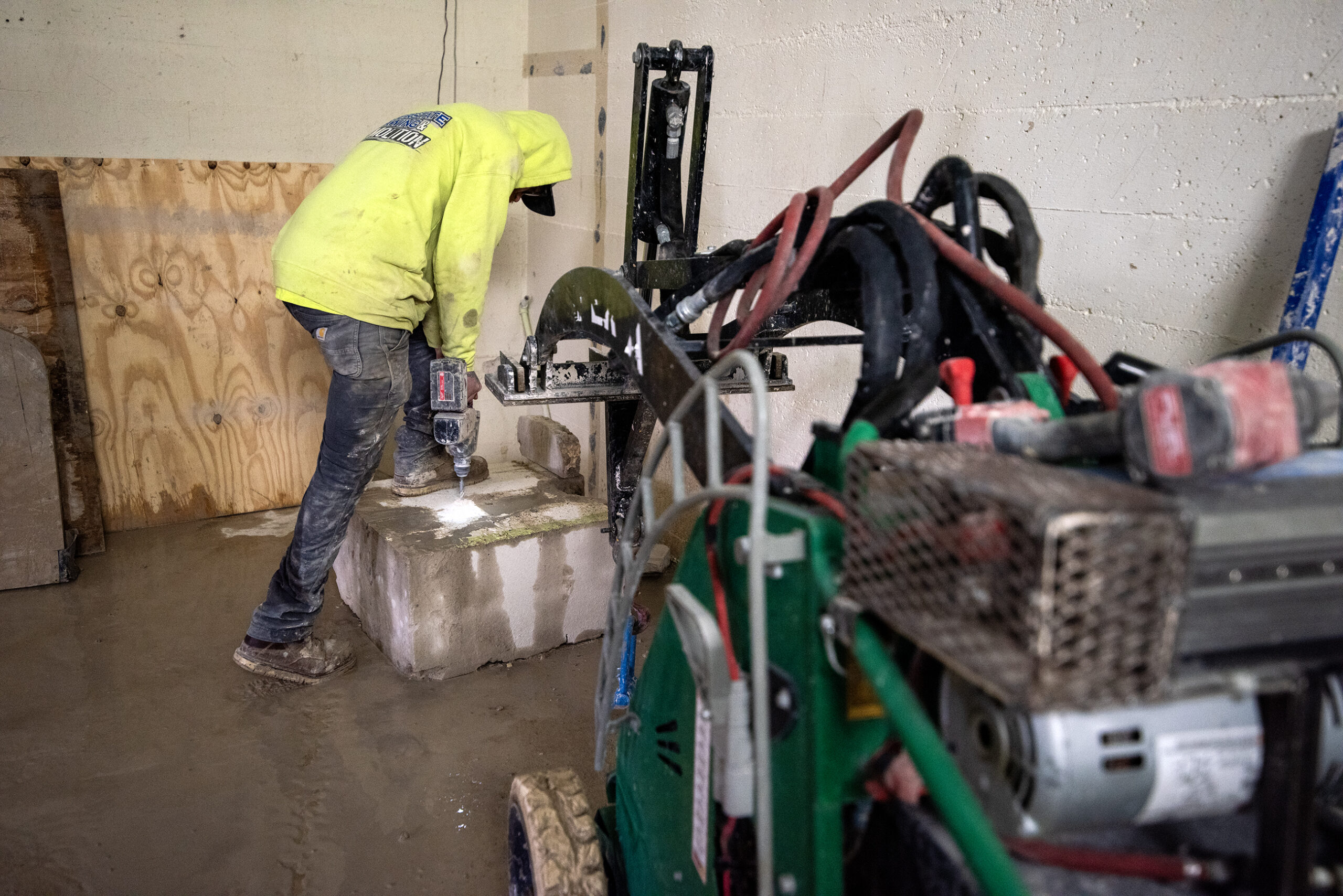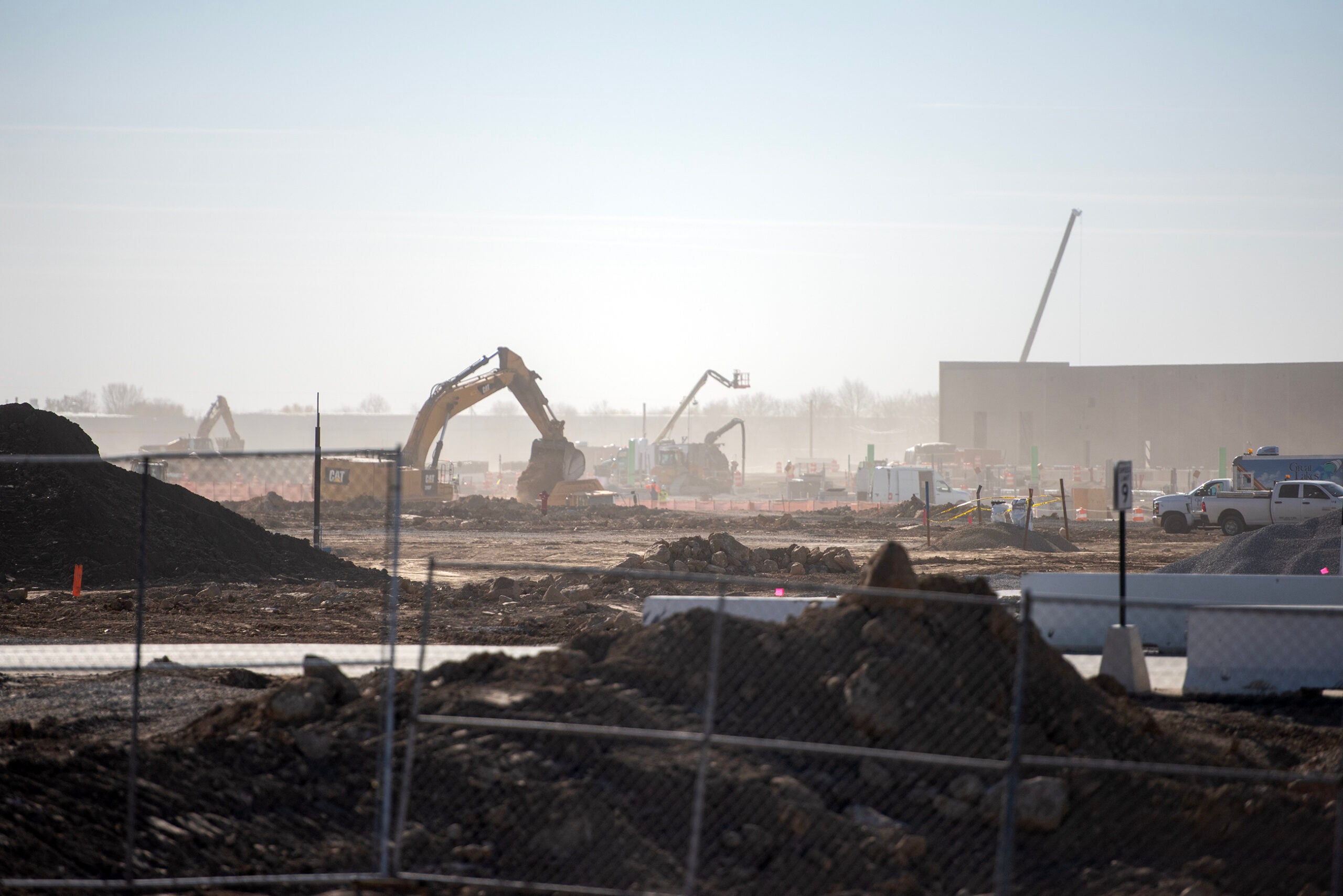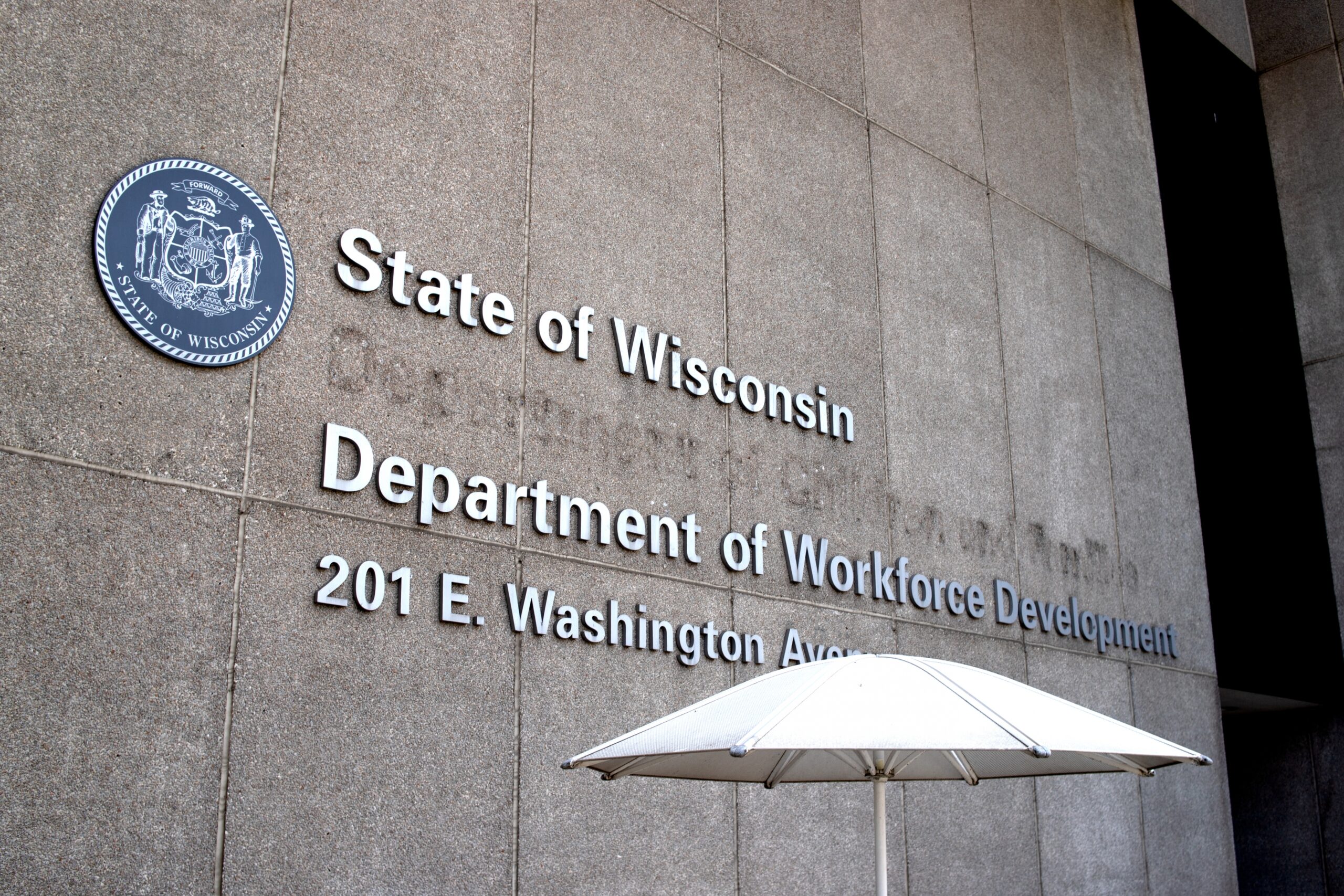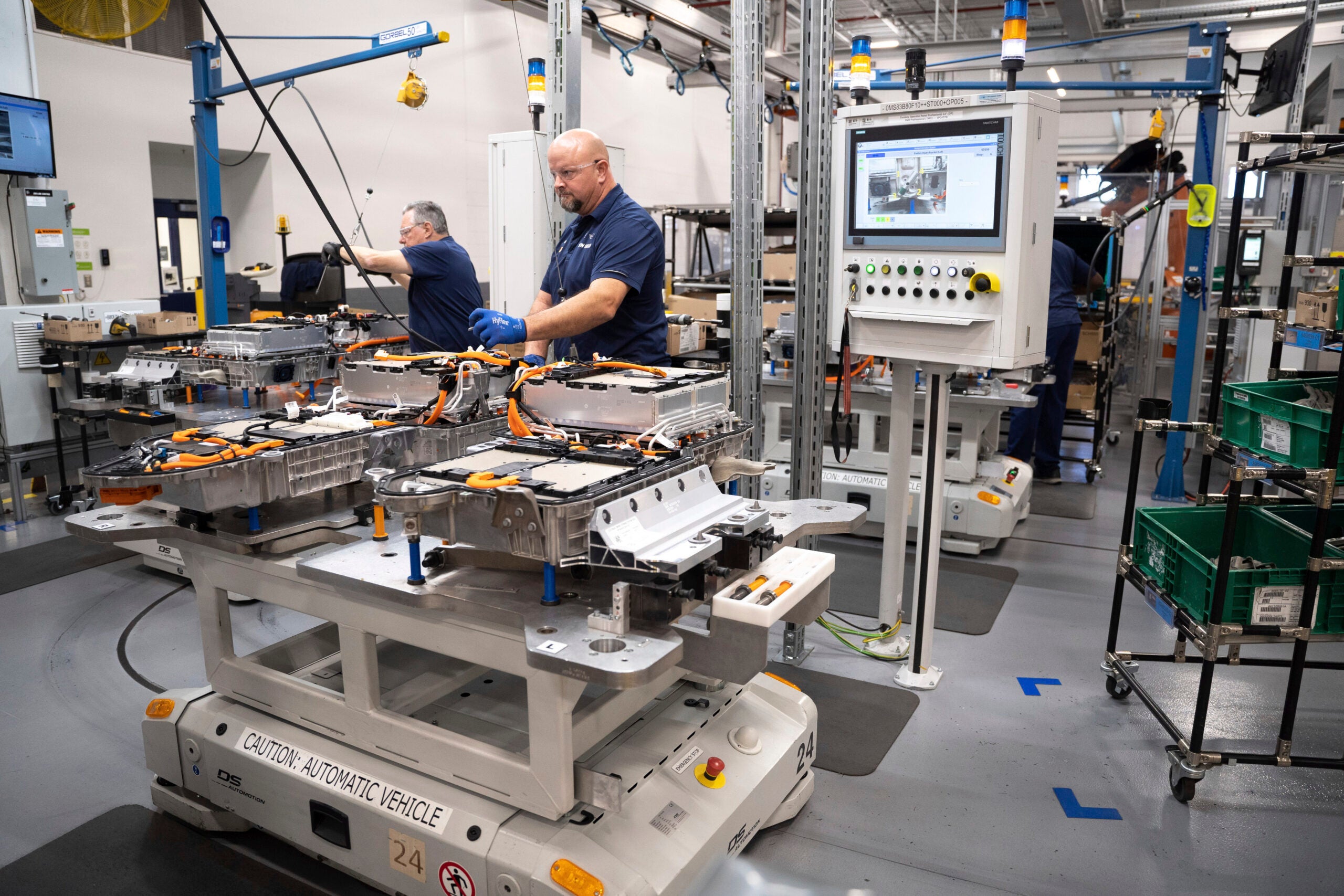Wisconsin set a new record high for employment in October, marking the state’s sixth straight record-setting month, according to data released Thursday.
According to state data, 3.068 million people were employed last month, an increase of 8,500 from September.
The unemployment rate in Wisconsin also stayed near historic lows last month at 2.9 percent last month.
News with a little more humanity
WPR’s “Wisconsin Today” newsletter keeps you connected to the state you love without feeling overwhelmed. No paywall. No agenda. No corporate filter.
“If you actually are out of a job, this is telling us that it doesn’t take you very long to find another one in the mix of things, because employers are still looking for workers,” said Dennis Winters, chief economist for the state Department of Workforce Development, during a media briefing Thursday.
The state also continued to have a higher share of its working age population either employed or looking for jobs than the national rate, with 65.7 percent labor force participation rate in October.
For comparison, the national unemployment rate last month was 4.1 percent and the national labor force participation rate was 62.6 percent.
“The Wisconsin economy looks good going forward,” Winters said. “There’s nothing on the horizon there that is giving us any pause.”
In a statement, Gov. Tony Evers said the state continues to bolster in-demand industries and expand apprenticeship opportunities to address “generational workforce shortages.”
“It’s no surprise that we’re seeing our sixth consecutive month of record-high employment here in Wisconsin,” he stated. “We must continue making the smart, strategic, and targeted investments we have been to support our economy and our workforce if we want to keep this positive momentum going.”
Evers also said he would look to build upon state efforts to address the workforce shortage in the next two-year budget process.
During the media briefing, Winters spoke about the workforce challenges referenced by Evers. He said the number of people entering the workforce is not large enough to offset the number of baby boomers who are retiring.
“The human resource component of the economy here is scarce,” Winters said. “It affects everything through all the geographies, all the industries, all aspects of the economy going forward.”
Editor’s note: this story was changed to reflect that the state’s labor force participation rate in October was 65.7 percent.
Wisconsin Public Radio, © Copyright 2025, Board of Regents of the University of Wisconsin System and Wisconsin Educational Communications Board.







